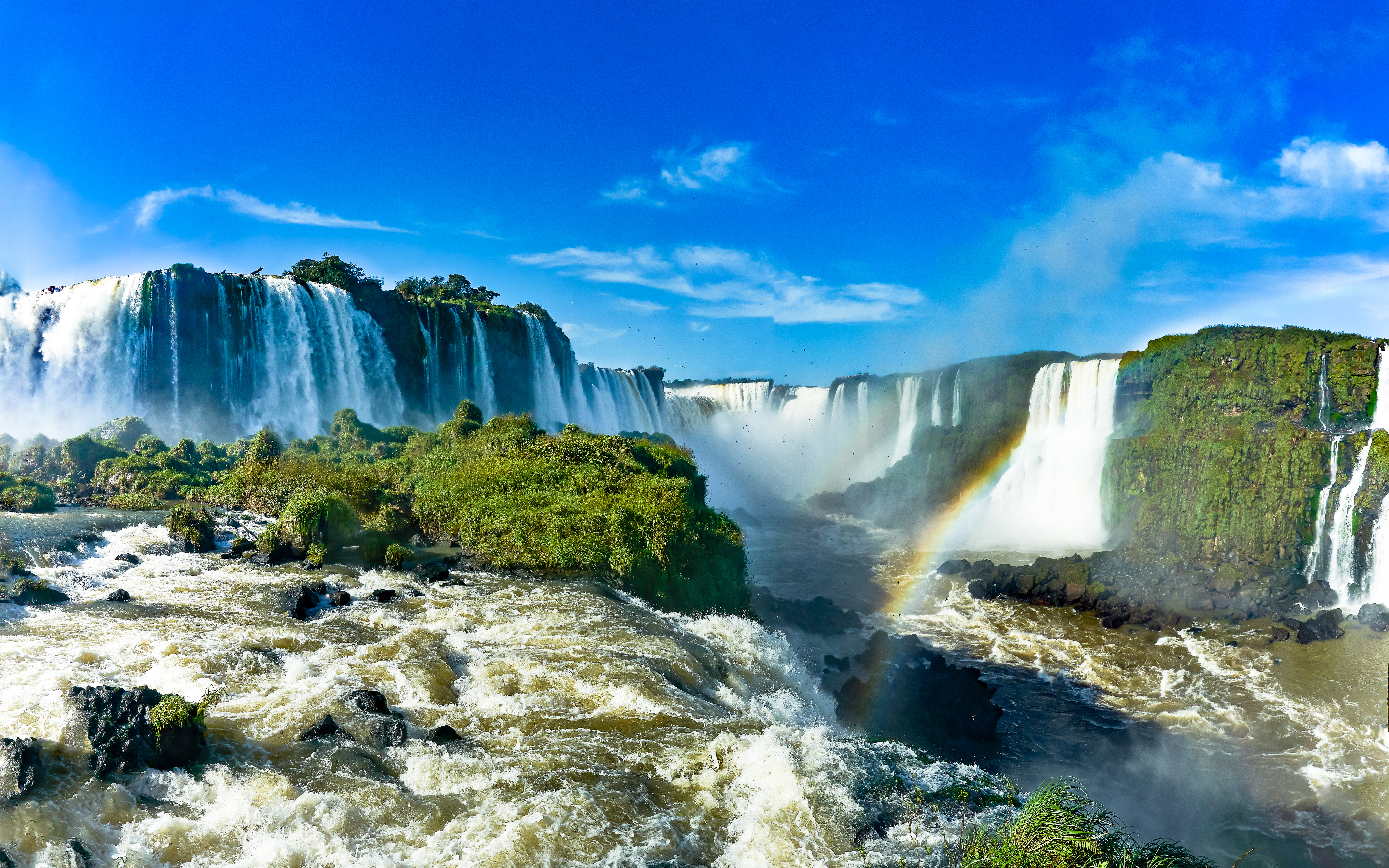Articles found in: Brasil

Brazil: A beacon of sustainable tourism for the future
Published on June 12, 2025
Brazil: A beacon of sustainable tourism for the future By VisitBrasil Brazil, with its vibrant landscapes and rich cultural tapestry, stands at the forefront of sustainable tourism. As sustainability evolves from not just a value but a necessity in travel, Brazil offers a compelling case study in how tourism can be both enriching and environmentally […]
Keep reading
Experience Aromatic Adventures in the Amazon Rainforest
Published on September 23, 2024
Experience Aromatic Adventures in the Amazon Rainforest By: Visitbrasil.com The Amazon Rainforest is one of the most impressive and biodiverse natural wonders on the planet. Considered the largest tropical forest in the world, it harbors an incomparable wealth of wildlife, unique ecosystems, and ancient indigenous cultures. Spending six days immersed in the Uatumã Sustainable Development […]
Keep readingDiscover Brazil
Published on October 20, 2015
The world’s fifth largest country in both size and population, Brazil has much to offer, from beaches and mountains, to cities and nature. Join Kelley Ferro as she journeys through Brazil giving viewers a taste of the all diverse experiences encountered while on tour with a member of the United States Tour Operators Association. Videos […]
Keep readingA Day in Rio de Janeiro
Published on October 13, 2015
By Colin Roohan, AFAR Ambassador The mention of Rio conjures up images and emotions for everyone. A funky, hip, fun city, it is a mix of Mother Nature’s paradise and man-made amenities. It’s a place where coastal roads hug the huge craggy mountain faces that jut up towards the sky, and a place that throws […]
Keep readingA Wish From Brazil
Published on October 6, 2015
by Kelley Ferro “Okay, now make a wish,” said Deniza, a Bahian beauty and a press officer from Embratur (Brazilian Tourism Institute), as she tied one of three knots of a Bahia wish bracelet around my wrist. I had been familiar with a colorful Brazilian tradition of the “Lembrança do Senhor do Bonfim da Bahia” […]
Keep readingBrazil: The State of Bahia
Published on September 29, 2015
by Colin Roohan, AFAR Ambassador When I learned I would be going to Brazil with EMBRATUR and LATAM as part of AFAR’s partnership with USTOA, I was extremely excited yet a little concerned as my knowledge of the country was limited. Almost everything I knew came from a high school friend who had emigrated from […]
Keep reading
